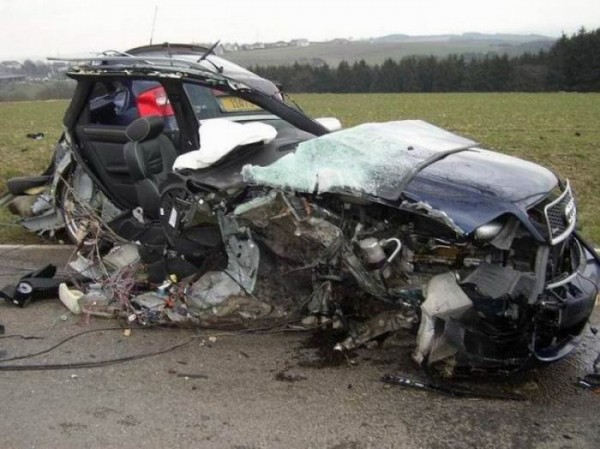These days, wearing a seatbelt isn’t just the law in most countries, it’s plain common sense. In fact, over the last 30 years or so, the message has been sent out loud and clear via a succession of high profile public safety campaigns: if you don’t belt up in the car, you increase your chances of serious injury or death in the event of an accident.
If you’re caught driving without a seatbelt on (front or – if fitted – at the back), you’ll face an ‘on-the-spot’ fine in most countries. In the UK that’s £60 and – if the offence leads to a prosecution in court – could end up leading to whopping fine of £500. But, in a way, if you do get off with just a fine, you can actually consider yourself lucky.

That’s not scaremongering. The statistical evidence makes for pretty scary reading. Most injuries in car accidents are due to the driver or passengers not wearing a seat belt. In fact you’re almost twice as likely to die in an accident if you don’t have your belt on. Yet, despite that, people still take risks – police records show that many drivers and passengers don’t belt up when making short journeys of familiar journeys locally.
Question is, why?
Well, it’s part of human nature to take risks – some of us are more prone to doing so than others. But drivers who break the seatbelt law on short or local journeys have the mistaken idea they’re taking a calculated risk, somehow reducing the chance of trouble. That couldn’t be further from the truth – even if you’re traveling slowly. And here’s why.
Typical seatbelt injuries
Being in a car travelling at speed (even a low speed) without a seatbelt is like being a fragile object in a metal box. If that box hits something it stops very quickly, often instantly. The trouble is, due to momentum, anyone not wearing a seatbelt continues moving forward at around whatever speed the car is travelling at when it makes impact.
That means you’ll be catapulted forward into whatever hard surface or object stops you – that’s usually the dashboard, steering wheel or the windscreen or windscreen frame.
- Even at just 10-15 miles per hour, it will result in crushing to the chest, possible fractured skull, nose or cheekbone and other facial injuries which could cause scarring (if you smash through the window it could result in severe lacerations). Similarly, the passengers will be thrust forward into the back of the seat in front, often severely injuring the driver or front passenger as well as themselves.
- At 20-30 miles per hour, the forward motion increases, leading to more severe injuries to the chest and head. This increases the chance of a fatality.
- Above 30 miles per hour, and, as you might imagine, the chance of death increases substantially.
Depressing reading. But add to that, the fact that – depending on the circumstances, not wearing a seatbelt and being involved in an accident can undermine your chances of an accident compensation claim and it’s pretty clear: wearing a seatbelt is a must.
Daniel Rose is a personal injury lawyer who works withWatermans and has seen many injury claims due to people not wearing seatbelts. Please do not risk it people.

